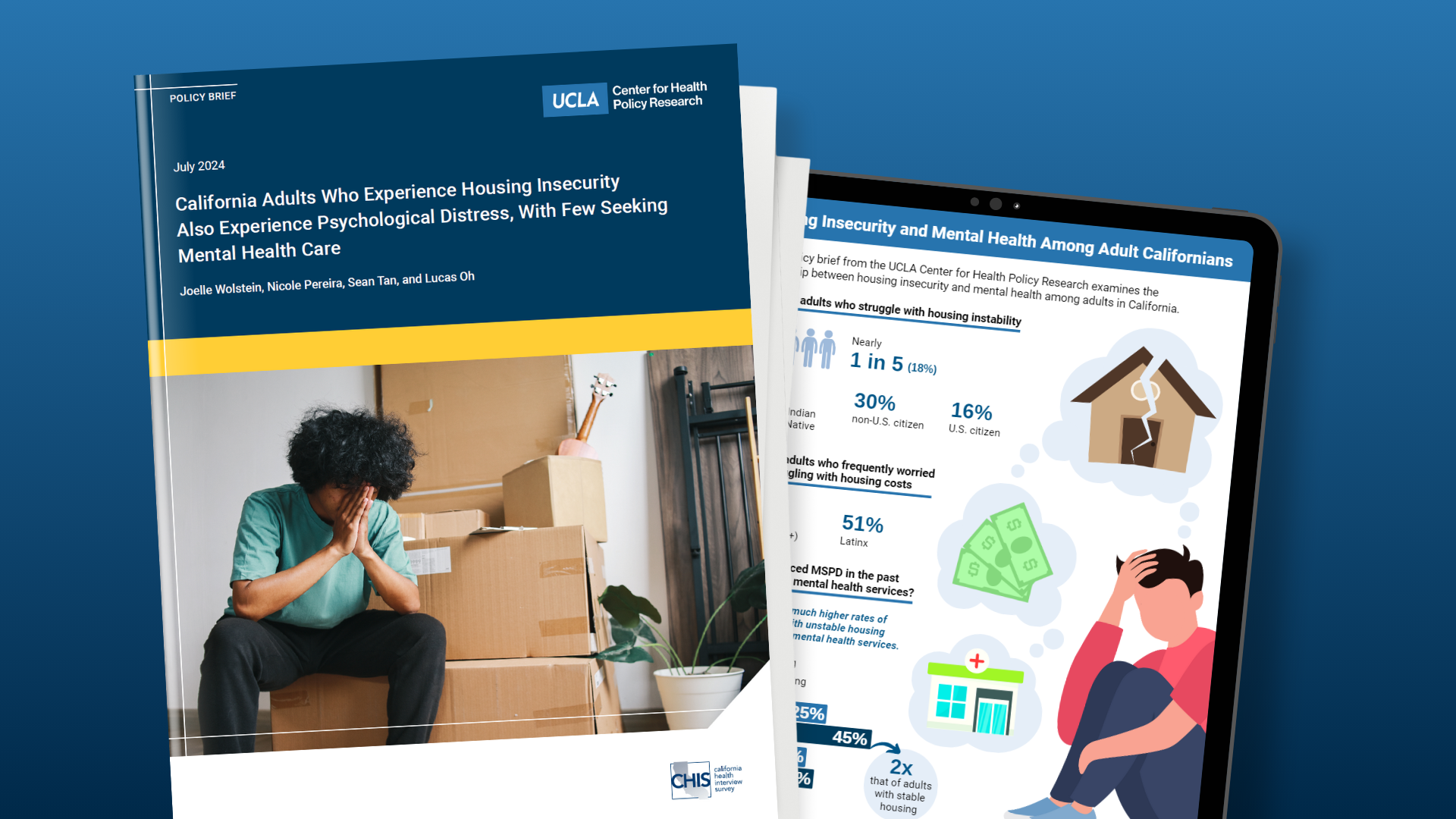“I haven’t slept in the past 28 hours.”
“My 5-month old daughter spends more time at daycare than at home.”
“I’ve been moonlighting every free weekend for extra income.”
These distressing sentiments are frequently shared by the resident physicians I have worked with, especially amid the start of the new academic year for residents. Of course, seasoned physicians may also recount tough working conditions during their training, and those in fields outside of medicine cite examples of enduring long and exhausting work hours too. But does that justify the devaluation of current resident physicians who put in 80-hour work weeks in constant high-stress environments?
The U.S. has made great strides in placing greater emphasis on mental health and well-being. A simple search for “well-being” on the web returns an overwhelming number of results. However, when it comes to physicians, there appears to be an attitude of indifference, encapsulated in sentiments such as, “You should tough it out because that’s what you signed up for, and you’re well-compensated.”
But is this fair? Is it even accurate? As their title suggests, residents have historically been expected to reside in the hospital, sacrificing sleep, exercise, social interactions, and significant life events of their loved ones. They receive minimal compensation under the promise of delayed gratification. Perhaps it is unsurprising, then, that a meta-analysis published in 2015 reported that nearly 29{e60f258f32f4d0090826105a8a8e4487cca35cebb3251bd7e4de0ff6f7e40497} of residents screened positive for depression. As a current fourth-year medical student, this adds stress and alarm to my already overloaded mind.
Unfair compensation stands out as a significant contributor to resident burnout. According to an online survey, 76{e60f258f32f4d0090826105a8a8e4487cca35cebb3251bd7e4de0ff6f7e40497} of residents feel they are inadequately compensated for their work. Despite working up to 80 hours per week, first-year residents typically earn a median salary of $62,722. During some grueling weeks, this equates to as little as $12 per hour, and 64{e60f258f32f4d0090826105a8a8e4487cca35cebb3251bd7e4de0ff6f7e40497} of residents report that their compensation fails to cover the cost of living, often making them resort to moonlighting to make ends meet. Adding to the financial strain is the burden of medical school debt, coupled with the relentless rise in inflation.
So, how is resident pay decided? About 86{e60f258f32f4d0090826105a8a8e4487cca35cebb3251bd7e4de0ff6f7e40497} of each resident’s salary is funded by CMS and the VA, with less than 12{e60f258f32f4d0090826105a8a8e4487cca35cebb3251bd7e4de0ff6f7e40497} coming from individual states, and only 2{e60f258f32f4d0090826105a8a8e4487cca35cebb3251bd7e4de0ff6f7e40497} from hospitals and philanthropy. CMS calculates the hospital’s cost to train each resident using a formula derived from data dating back to 1984. This outdated compensation framework persists due to the unique structure of medical residency.
Unlike industries operating within a free market economy, where competitive salaries attract qualified employees, medical students go through the residency match process to secure placement in a program, eliminating their negotiating power. This, paired with lack of benefits — such as complimentary meals, family and medical leave, and adequate vacation days — in certain programs can exacerbate residents’ feelings of being treated as cheap labor, despite all their hard work.
While it’s true that physicians earn more than an average household, many residents must initially face significant financial challenges with a promise of potential income contingent upon successful completion of their extensive training. Nowadays, it’s not uncommon to encounter residents with median student loan debt ranging from $200,000 to a whopping $500,000.
Based on income-driven plans, this could translate to monthly payments of $3,000 or more, posing a financial strain that might influence crucial life decisions, such as career choice to stay in academia, or family planning. Income inequality and lack of an economic safety net is not unique to residents, however; it is important that other healthcare professionals responsible for high-stakes patient care decisions, such as NPs and PAs, are also adequately compensated.
Beyond fair compensation, there are several other avenues to enhance resident well-being. While evidence on effective wellness curricula in medical training is limited, it’s clear that meaningful changes must involve both individual residents and their institutions. Successful programs have implemented practical benefits such as discounted access to fitness centers and personal trainers, ensuring access to healthy foods, and providing increased time off for wellness activities. A survey revealed that the most popular benefits among residents were health insurance, paid time off, and meal allowances. Enhancing resident well-being doesn’t require much and can be effectively achieved with institutional resources.
The unhappiness of residents should not be seen in a vacuum. Resident burnout correlates with higher rates of medical errors and adverse events. The economic impact of physician burnout is estimated at close to $5 billion annually from loss of productivity and frequent job turnover. Ensuring the well-being of resident physicians is not solely about individual satisfaction; it’s about cultivating a positive cycle where fulfilled residents evolve into competent physicians, which results in improved patient satisfaction.
With a physician shortage looming, it is crucial that we prioritize the care and support of our young medical workforce. As I near residency, I will keep pushing to improve the situation for myself and my peers.
Karen Lee is a fourth-year medical student in the MD/MPH program at the University of Miami Miller School of Medicine.




